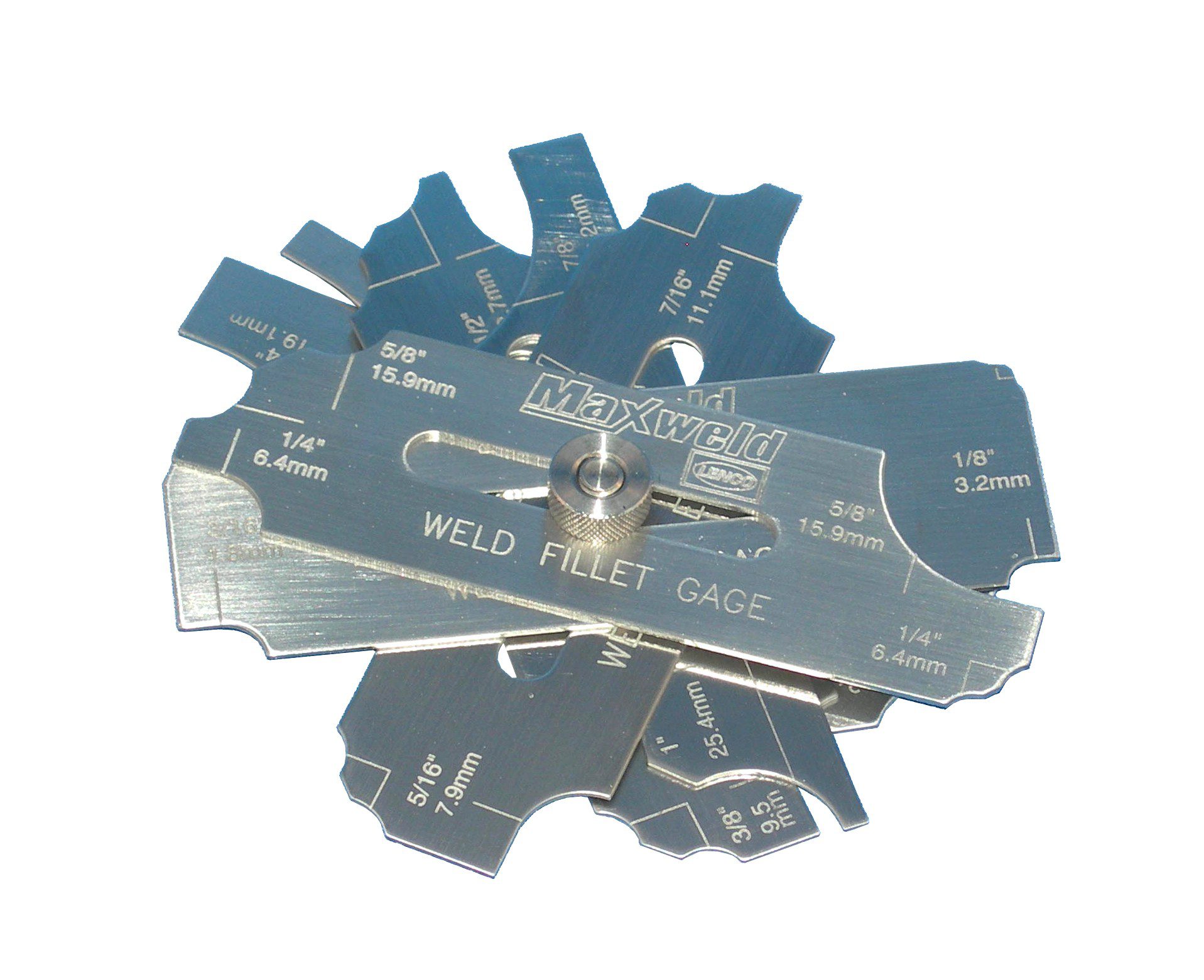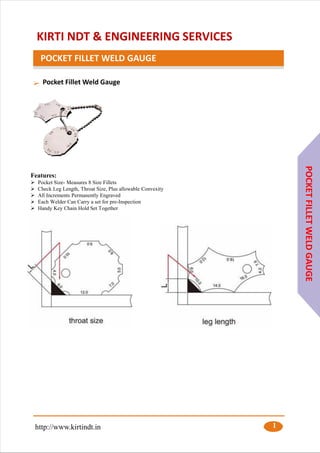Improving Your Welding Skills: Focus on Gauge Fillet Welds
Improving Your Welding Skills: Focus on Gauge Fillet Welds
Blog Article
The Ultimate Overview to Fillet Weld High Quality Control: Ensuring Toughness and Toughness in Your Welded Joints
In the realm of welding, ensuring the toughness and sturdiness of fillet welds is critical for the honesty of welded joints. The quality control actions executed throughout the welding process can significantly influence the structural sturdiness of the end product. From the selection of ideal materials to the thorough assessment of welds, each action plays an important duty in establishing the general quality of the weld joint. As we embark on this exploration of fillet weld quality assurance, we will certainly uncover important elements that influence weld stamina, look into reliable assessment approaches, and discuss approaches for avoiding usual weld flaws. Remain tuned to discover exactly how understanding these techniques can raise the durability and dependability of your bonded joints.
Significance of Fillet Weld High Quality Control
Making sure correct fillet weld top quality control is extremely important in assuring the architectural honesty and long life of bonded parts in numerous markets. Fillet welds are commonly used in structural steelwork, bridges, pressure vessels, pipes, and various other essential framework where the toughness of the weld is critical to total safety and security and efficiency. Quality control steps such as visual inspections, non-destructive testing, and adherence to welding treatments aid determine prospective problems like lack of blend, insufficient penetration, undercutting, or too much support.
Trick Aspects Affecting Weld Toughness
Accomplishing optimal weld toughness needs mindful factor to consider of various vital elements that affect the stability and resilience of the bonded joint. The very first crucial aspect appertains joint prep work, which involves cleansing the base metals to eliminate any pollutants that could deteriorate the weld. Additionally, the fit-up of the joint is necessary to guarantee correct penetration and combination of the filler product.
The choice of the ideal welding technique and criteria also plays a considerable role in figuring out weld toughness. Elements such as warmth input, travel speed, and electrode angle can influence the quality of the weld. Preserving the proper interpass temperature during multi-pass welding is crucial to protect against cracking and guarantee a strong bond between the layers.
Moreover, the selection of filler product and its compatibility with the base metals is critical for achieving high weld stamina. Using filler product with the appropriate mechanical homes can improve the total stability of the weld. Post-weld warmth treatment and correct examination methods are important steps in ensuring the strength and durability of the welded joint.
Evaluation Techniques for Weld Integrity

An additional crucial evaluation technique is fluid penetrant screening, where a fluid color is related to the weld surface - Gauge Fillet Weld. The dye seeps into any kind of surface-breaking defects, making them visible under UV light. This method works for finding imperfections that may not be visible to the naked eye


Ultrasonic testing is additionally commonly used for evaluating weld stability. High-frequency sound waves are routed into the weld, and any type of disruptions in the acoustic wave pattern indicate prospective defects like fractures or lack of combination.
These inspection techniques play a vital function in ensuring the high quality and reliability of welds, eventually adding to the overall stamina and resilience of bonded joints in commercial settings.
Stopping Common Weld Problems
In order to keep the architectural integrity of bonded joints in commercial applications, it is essential to apply preventive procedures to resolve common weld flaws. One typical defect is lack of combination, where the filler product fails to bond effectively with the base steels, leading to weak points in the weld. This can be protected against by ensuring proper warm control and using the proper welding technique.
Another regular problem is porosity, triggered by gas entrapment in the weld steel throughout the welding procedure. To avoid this, it is important to clean up the base metals completely, utilize completely dry electrodes, and preserve an ideal welding setting with correct air flow.
In addition, splits in welds can endanger the joint's toughness. To prevent this issue, it is necessary to regulate the air conditioning price after welding, make use of pre-heating when needed, and choose proper welding specifications.
Enhancing Bonded Toughness With Appropriate Methods
One important method to enhance weld durability is to ensure correct weld grain placement. By placing the weld bead accurately within the joint, the weld's stamina and resistance to fatigue can be considerably click here for info boosted.
Additionally, using appropriate pre-weld and post-weld warmth therapies can help minimize residual anxieties and improve the weld's durability, making it more immune to cracking and failure with time. Another strategy to enhance weld toughness is to utilize premium welding consumables and base products. Choosing the ideal filler steel and guaranteeing the tidiness of the base steels can prevent additions and various why not try this out other defects that might jeopardize the weld's longevity. By executing these appropriate strategies, welders can ensure that their welded joints display phenomenal strength and sturdiness, satisfying the finest quality standards.
Verdict
To conclude, keeping premium quality control requirements for fillet welds is vital for making sure the stamina and sturdiness of welded joints. By understanding the key factors influencing weld toughness, using evaluation methods for weld honesty, protecting against typical weld problems, and employing correct strategies, welders can improve the overall durability of their welds. It is essential to focus on high quality control steps to produce lasting and reliable bonded joints.
In the realm of welding, making certain the stamina and resilience of fillet welds is paramount for the stability of welded joints. As we get started on this exploration of fillet weld top quality control, we will reveal necessary factors that affect weld strength, dive into reliable inspection approaches, and talk about approaches for avoiding usual weld problems.Attaining optimal weld stamina requires cautious factor to consider of various crucial factors that influence the honesty and resilience of the bonded joint (Gauge Fillet Weld).In conclusion, preserving high top quality control standards for fillet welds is important for making certain the strength and toughness of welded joints. By comprehending the vital factors impacting weld stamina, making use of inspection techniques for weld honesty, protecting against common weld problems, and utilizing correct techniques, welders can enhance the check it out general toughness of their welds
Report this page